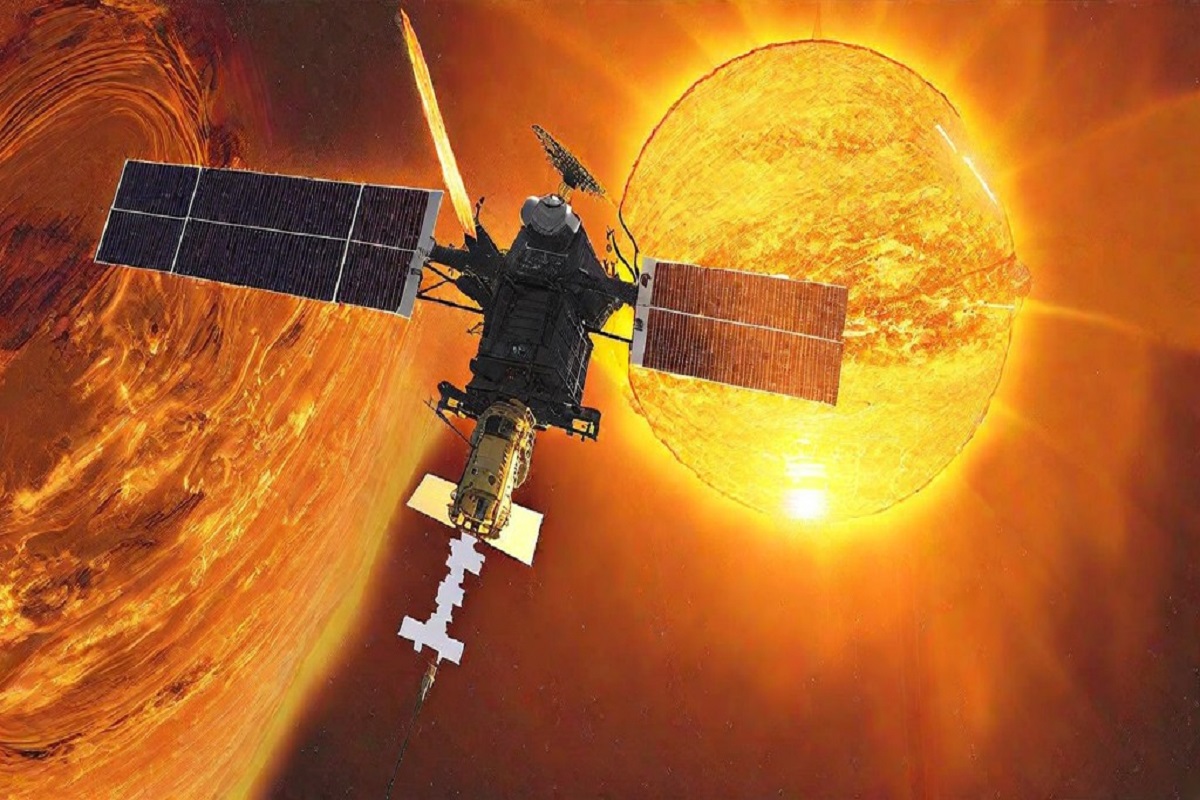Sending spacecraft closer to the Sun, where the heat is unbearable, might sound surprising, but it’s a fascinating endeavor that scientists and space agencies like NASA and ISRO are embarking on. While we’ve sent numerous spacecraft to the Moon and even had humans land there, the Sun is an entirely different challenge.

NASA states that the core temperature of the Sun reaches a staggering 27 million degrees Fahrenheit or around 15 million degrees Celsius. However, the surface temperature of the Sun is comparatively cooler at about 10,000 degrees Fahrenheit. Despite this significant difference in temperature, conquering the Sun poses extraordinary challenges.
NASA’s journey towards studying the Sun began with proposed solar expeditions as early as 1958. However, it wasn’t until the 21st century that advanced technology made it possible for humans to approach the Sun closely. In 2018, the historic Parker Solar Probe spacecraft was launched towards the Sun. This marked a significant milestone in our quest to understand the Sun’s deepest layer, the corona.
The Parker Solar Probe became the first spacecraft to breach Earth’s atmosphere and venture into the Sun’s corona region. Until then, this area had remained shrouded in mystery. Researching the corona is vital for comprehending the Sun’s impact on our solar system. Gathering data about this region is crucial because solar winds emanate from the corona, influencing space weather and conditions on Earth.
While NASA’s Parker Solar Probe embarked on this incredible mission, another significant development took place on September 2, this year, when the Indian Space Research Organization (ISRO) launched the Aditya L-1 spacecraft. This vehicle is set to cover an astonishing 15 lakh kilometers in just 127 days.
The Aditya L-1 spacecraft was launched using the PSLV 057 rocket and is now on its way to its designated target. Its mission objective is to reach the Sun’s Lagrange Point One, a specific region in space that will provide unique research opportunities.
One of the primary goals of the Aditya L-1 spacecraft is to study light emitted by the Sun and gather information that can help us understand Earth’s ice ages better. Additionally, this spacecraft aims to extract valuable data about the Sun’s magnetic field, marking a significant milestone in solar research.
Leave a Reply